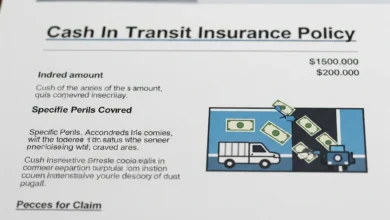Patriot Growth partners with Flying Insurance in Texas Lad Gardner

Patriot’s growth insurance services announce their partnership with Ladd Gardner Aviation Insurance (LGA), an Addison Airways Agency, Texas. The agency was established in 2007 by ancient aviation and warrior lovers, Ladd Gardner, The agency brings deep experience, an approach focusing on the customer, and a rich legacy of flying in my country.
LGA exclusively specializes in aviation coverage, providing solutions for aircraft owners, operators, and companies.
The agency provides many services, including covering small to large aircraft, mixed fleets, airport responsibility, and insurance for the hull of the aircraft. Its unique ability to put a coverage of complex fleets, which range from private aircraft to war and helicopters, is distinguished by the agency as a real expert in this specialized field.
With an experienced team, the agency continues to grow under the leadership of Angie Harris. Harris brings two decades of aviation insurance experience and a strong technical background from her time atthe Boeing and Federal Aviation Administration.




